THE depth of its combined studbook’s results places Germany as the leading nation in Hippomundo’s rankings and, while many German powerhouse verbands, or breeding associations, are household names, one studbook has carved quite a niche for itself.
It’s the Trakehner Verband, the small but mighty studbook. Trakehner horses have won Olympic medals in all three disciplines and the studbook currently boasts the current leading dressage horse and top-ranked eventing sire in the world: TSF Dalera BB and Grafenstolz.
Four years ago, the Trakehner breed was also accepted into UNESCO’s Nationwide Inventory of Cultural History fold. Theirs is not ‘just’ another story of a studbook reinventing itself, but one that has valuable lessons for Irish breeders, concerned about building up quality outcross genes in native breeds.
And rebuild it had to, as the Trakehner breed was almost wiped out after World War II, as Erhard Schulte explains.
Schulte has been a member of the Trakehner association for more than 50 years and is known as the “Trakehner ambassador” for his work in bidding to protect the breed’s history and standards.
An international judge and author of several books, his podcasts are found on YouTube and he has bred one graded stallion and several premium mares and sports horses.
“From a historical perspective, Trakehner breeding developed from recruitment for the Königlicher Marstall [Royal Stables] in Prussia and deployment as a cavalry horse after the First World War into a working horse or a sports horse. After the Second World War, the breeding of Trakehner horses was re-established with the few surviving animals.
“Today, Trakehner riding horses are bred in many countries worldwide and used in all riding and driving sport disciplines, from amateur to international elite sport. In addition to dressage, eventing and driving, this also includes para-riding. Owing to their sensitivity, Trakehner horses are also used for therapeutic riding and riding lessons for children.”
Closed studbook
The Trakehner breed is unusual in that it was specifically bred as a cavalry and riding horse, whereas other German breeds, such as the Oldenburg and Hanoverians, were more like the versatile Irish Draught and used for transport and farm work.
Another feature of the breed is that only Arabians and thoroughbreds were used as outcrosses since the breed’s 18th century roots in Prussia.
“The Trakehner horse was developed in the early 18th century by King Friedrich Wilhelm I of Prussia, who saw the need for a new type of cavalry mount for the Prussian army. War tactics had changed and now required a lighter, more comfortable horse with more endurance and speed than the heavier horses previously needed to carry armour and haul heavy equipment.
“The King chose the best horses from seven of his royal breeding farms and, in 1732, moved them all to the new royal stud at Trakehnen, began selective breeding and the Trakehner breed evolved.
The breed has been selectively bred since that time with a closed studbook. This means only English thoroughbreds and several Arabian breeds are selected into the breeding programme, as they are part of the roots of the breed when it was founded.”
Trakehners excelled at the 1936 Berlin Olympics, where Germany won team gold in dressage and eventing. The Trakehner trio of Kronos (gold), Absinth (silver) and Nurmi (gold) cleaned up in the dressage and eventing individual medals.
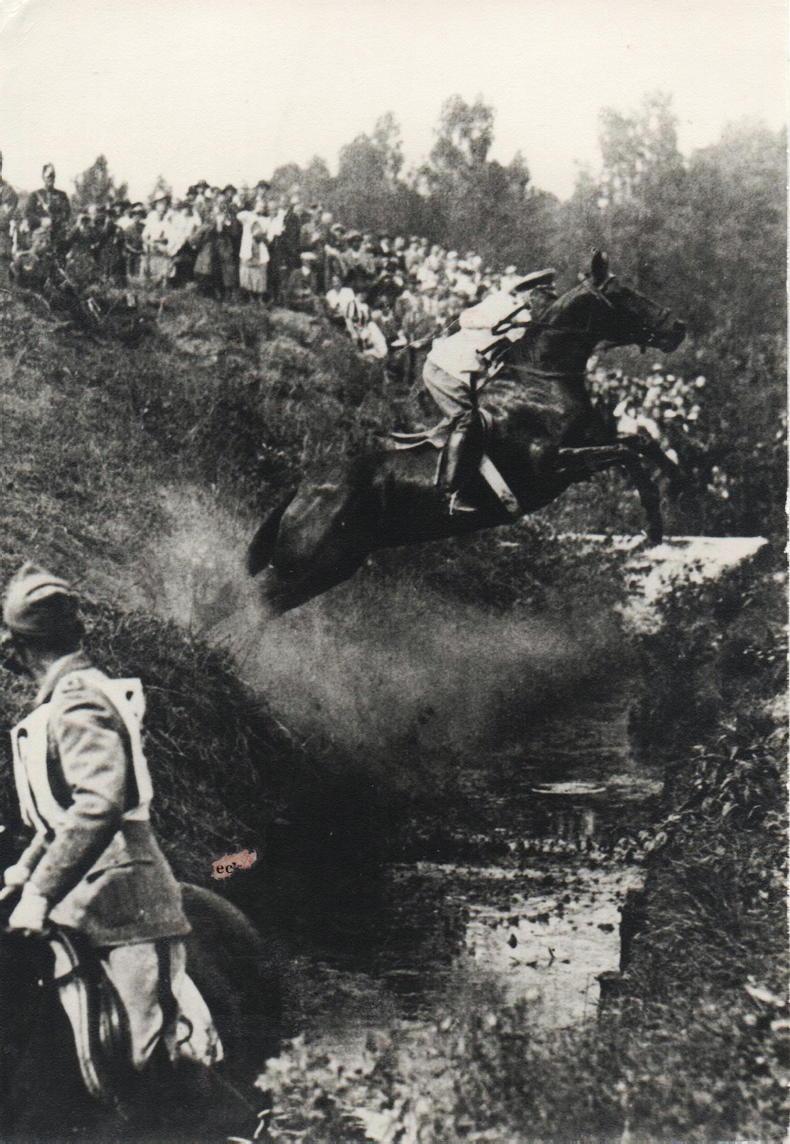
Nurmi, the individual and team gold medal winner in eventing at the 1936 Berlin Olympics storms around the cross-country track \ Courtesy of Erhard Schulte
Then, World War II broke out.
“History was to deal the Trakehner a nearly fatal blow,” Erhard continued. “The breed had easily recovered from the population being halved during World War I, but in October 1944, as World War II was in its final stages and the Soviets were closing in on the lush and beautiful area around Trakehnen, orders came to evacuate the horses from the Trakehnen Stud.”
“About 800 of the best horses were hastily transferred, both by rail and by foot, but unfortunately, they did not go far enough west. Most of them, together with all their documentation, eventually fell into the hands of the Russian occupation forces and were shipped to Russia during summer 1945.
“Only 27 mares from the Trakehnen stud were successfully evacuated to West Germany due to an order of a British army officer.”
Rebuilding a breed
Civilians and private breeders with some 800 horses escaped from the advancing Russians.
“What followed was a horror story that went down in history as ‘The Trek’. Hitching their precious breeding stock to wagons loaded with personal possessions and all the feed they could carry, these East Prussians fled, some 800 horses strong.
“They were mostly women, children and elderly people and they were leaving their whole lives, bringing along only what their wagons could hold. It was the dead of winter. Snow was deep on the ground, and the broodmares were heavy with foal.
“At last, the survivors limped into West Germany, the once proud and beautiful 800 horses reduced to less than 100 pitiful skeletons, carrying wounds from shrapnel. Only the hardiest had survived.”
The next decade was spent rebuilding the breed and in October 1947, the West German Association of Breeders and Friends of the Warmblood Horse of Trakehner Origin, today known as the Trakehner Verband, was formed.
“Only a few 100 Trakehner horses of the original 80,000 in East Prussia were available by the time the rebuilding process began. However, these horses became the founders of today’s Trakehner horse.
“A very hardy breed,” Erhard remarked about the nucleus left to form the modern Trakehner after that notorious ‘survival of the fittest’ march.
Currently, there are around 2,500 registered broodmares, 150 graded stallions (of which 10% are thoroughbreds and Arabians) and 900 foals are registered each year. AI is a popular choice (85% chilled/5% frozen semen).
The Verband numbers 3,500 members of which 1,500 are active members.
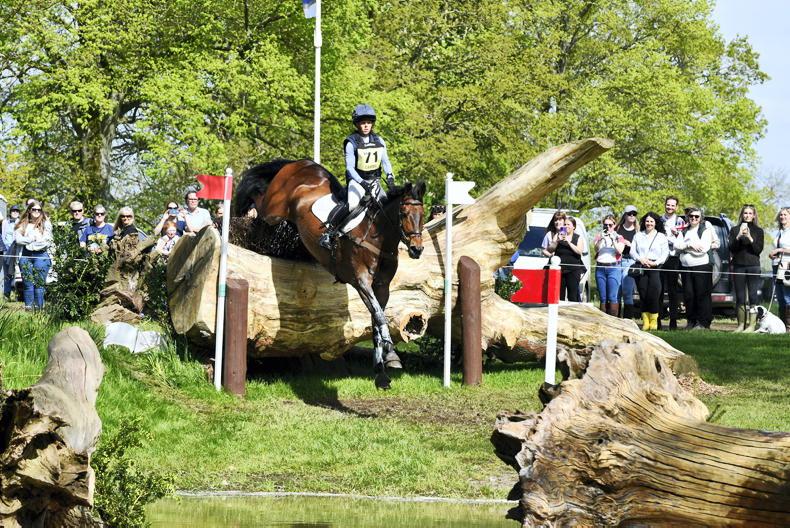
Rosalind Canter (GBR) and Lordships Graffalo on their way to winning Badminton Horse Trials 2023. The horse is by a Trakehner stallion \ Badminton Horse Trials
Breeding and training
“Breeding requires particular equine and breeding knowledge and expertise, such as basic information about the Trakehner population, as well as the artificial breeding and training of horses.
“Breeders nowadays largely consist of private breeders with one to two mares, who don’t operate breeding on a commercial basis. Furthermore, there are both traditional, as well as younger stud farmers, who foster the cultural heritage.
“There is a lot of concern in Germany amongst traditional breeders – not only the Trakehner breeders - over the decreasing numbers.”
Ten Trakehner daughter societies are dotted around the world and the Verband has a busy calendar at home.
“At the beginning of December, the Trakehner stallion market takes place in Neumünster. The reason for the late date is because of animal welfare: the two-year-old colts being presented have to be born before June 1st.
“Between 40 and 50 colts/stallions are presented every year. For 2024, 45 were presented and 19 of them were approved – quite a mystery as they are representing a total crop of 400 colts born in 2022 and this proves the consolidation of the breed and the high quality of the mares.
Spring approvals
“Traditionally, in the same weekend, an auction of graded and non-graded colts, younger broodmares and riding horses also takes place.”
Spring approvals are held each February, again at Münster-Handorf, when older colts, ridden stallions and thoroughbreds are presented for inspection.
“On the following day, a stallion show, showing around 50 stallions in-hand and under saddle, from three-year-olds to successful Grand Prix dressage horse and show jumpers, takes place.”
The same venue is used for the ‘Trakehner Bundesturnier’ competitions that take place over four days in July. Another feature is a foal auction. “Around 25 foals are presented and fetch some of the highest average prices in comparison to all German breeds,” noted Erhard Shulte, guardian of the breed that defied history.
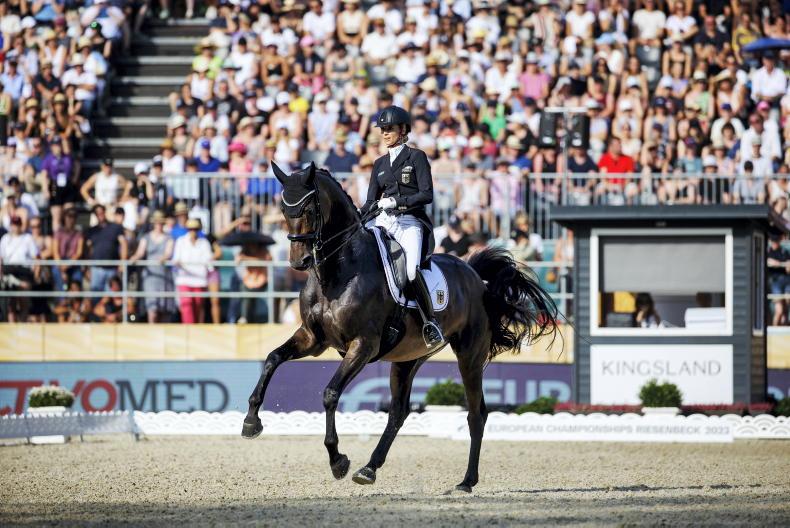
Jessica von Bredow Werndl (GER) riding TSF Dalera BB European Champion in the Grand Prix Freestyle at the FEI Dressage European Championship Riesenbeck 2023. The horse is Trakehner Horse of the Year \ FEI/Leanjo de Koster
The Trakehner lineage and achievements


 This is a subscriber-only article
This is a subscriber-only article
 It looks like you're browsing in private mode
It looks like you're browsing in private mode








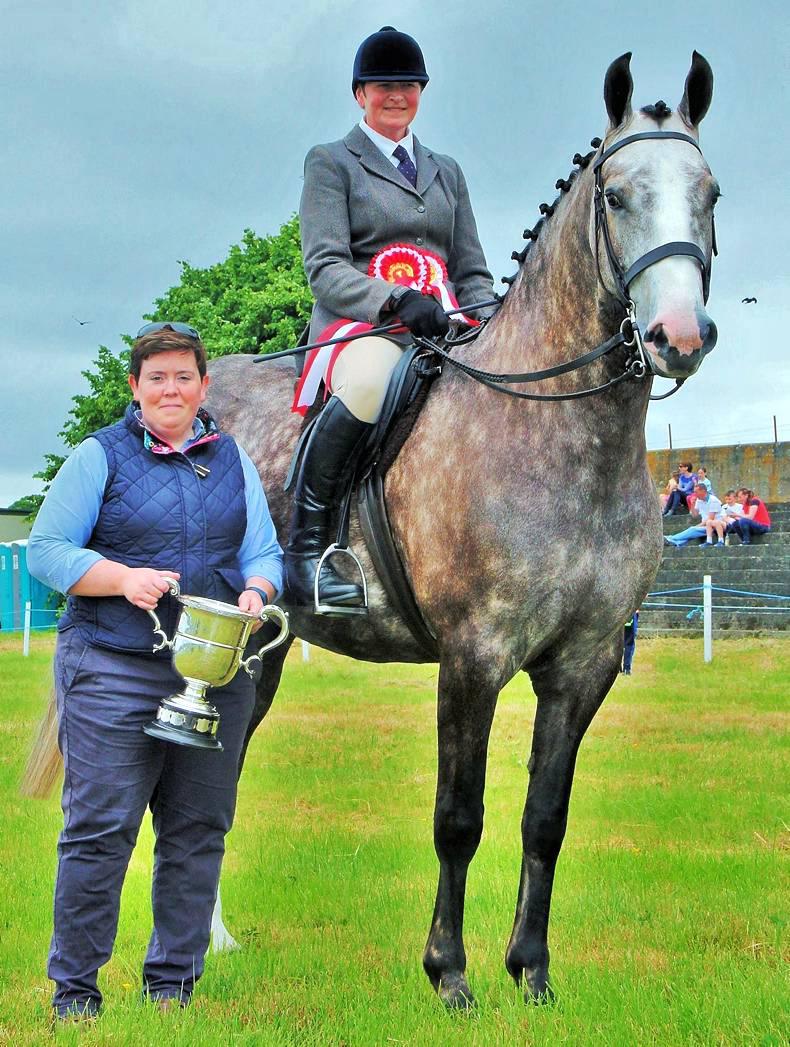

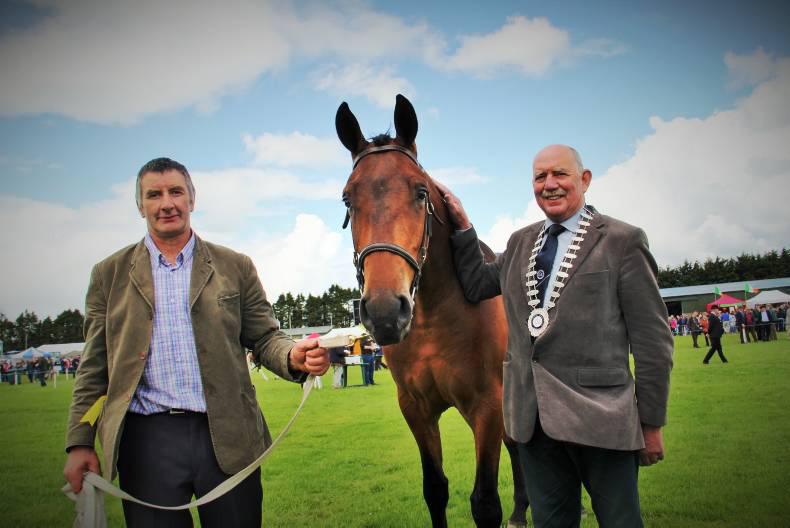
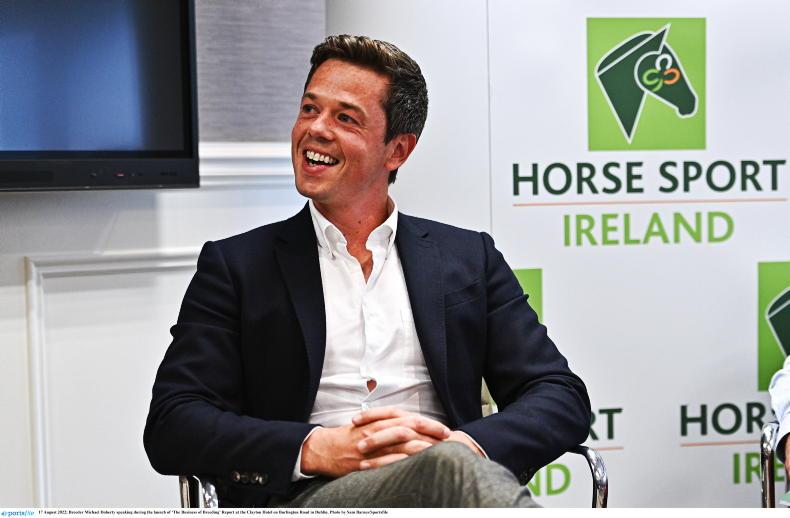

SHARING OPTIONS: